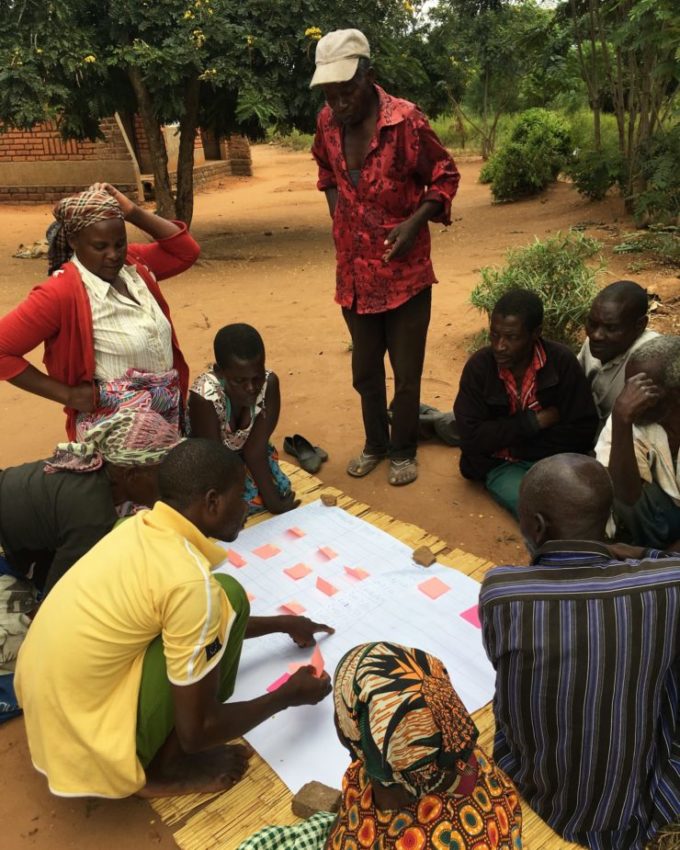A satellite-based rainfall estimation system and drought forecasting system developed at the University of Reading are generating data to support drought insurance and agricultural decision-making. These new approaches to drought risk management now mean that millions of the world’s most vulnerable people are more resilient to drought.
Over 200 million people in sub-Saharan Africa depend on rain-fed subsistence agriculture for their livelihoods and wellbeing: when crops fail, farmers struggle to feed their families and cannot invest in seeds for future harvests. Despite this, the ground rainfall monitoring network in Africa is so sparse that less than 2% of the population live in the vicinity of a rain gauge.
To address this problem, the University of Reading developed a satellite-based rainfall estimation system called TAMSAT (Tropical Applications of Meteorology using SATellite data and ground-based observations). First developed in 1977, recent improvements in the estimation technique and a revised calibration method have substantially enhanced the dataset’s utility. Now, TAMSAT data is increasingly used in the financial sector to provide weather-index insurance (WII) to farmers across Africa.
Weather-index insurance provides financial protection against crop losses caused by adverse weather, but rather than insurers having to verify crop losses, WII pays-out based on a breach of a weather threshold. Since 2015, pay-outs from TAMSAT-based drought insurance have covered approximately 3 million farmers for drought-induced crop losses, with pay-outs of an unprecedented US $14million (April 2020).
In the last five years, Professor Emily Black and her team have developed a novel drought forecasting system called TAMSAT-ALERT. The alert provides reliable forecasts of land-surface conditions (including soil moisture) at timescales from weeks (for germination) to months (for crop yield). The system was implemented for the first time across eastern and southern Africa in 2019-20, enhancing resilience by providing accurate information on where and how severe drought conditions are likely to be. This facilitates action to mitigate the agricultural and humanitarian impacts of drought, with users including the Red Cross, Start Network, World Food Programme and One Acre Fund.
For example, during Kenya’s 2019 short rains, TAMSAT-ALERT forecasts indicating a low probability of drought meant 300,000 farmers in Kitui county were moved from the ‘Alert’ phase of food security into the ‘Normal’ phase, and scarce resources could be diverted from short-term drought preparedness to long-term resilience building investments. In early 2020, TAMSAT-ALERT provided live data via SMS to agricultural extension workers representing approximately 70,000 farmers in Kenya, Uganda and Zambia, allowing them to plant early and benefit from an unusually long growing season.
The success of TAMSAT services in Africa has created demand elsewhere. Now, TAMSAT-ALERT forecasts underpin a new drought disaster relief fund in the Punjab and Sindh regions of Pakistan – covering a population of 63.5 million.
Find out more
Predicting drought (research highlight, Sept 2018)
Zambian farmers benefit from millions in insurance pay-outs thanks to Reading data (press release, Jan 2018)
View the full impact case study on the REF 2021 website: Drought monitoring and early warning for African food security using remote sensing of rainfall by the TAMSAT project

